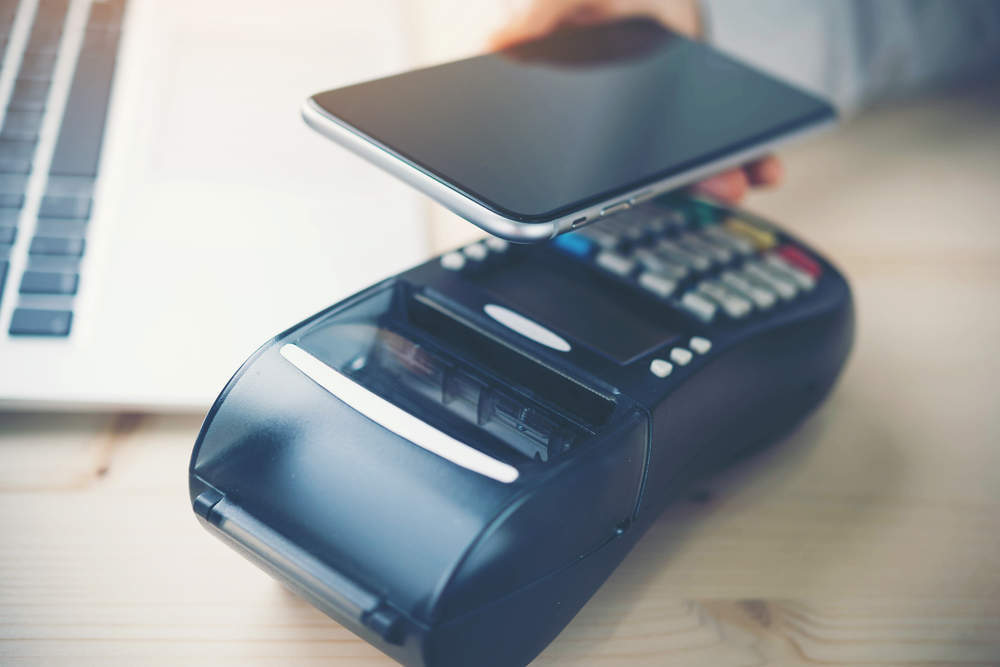Contactless payment cards are ubiquitous in Australia, and acceptance has been strong compared to most other markets.
However, in embracing the convenience of contactless cards Australians are shunning mobile payments.
According to the Reserve Bank of Australia’s 2016 consumer payments survey, cash’s share of overall transaction numbers decreased from 47 percent to 37 percent between 2013 and 2016.
Over the same period payment cards rose from 43 percent to 52 percent, with 60 percent of payment card transactions now made via contactless cards.
Australia is well ahead of markets like the US when it comes to contactless adoption.
Based on a recent GlobalData survey, almost 80 percent of contactless card users in Australia find the technology useful.

US Tariffs are shifting - will you react or anticipate?
Don’t let policy changes catch you off guard. Stay proactive with real-time data and expert analysis.
By GlobalDataMeanwhile, in the US 42 percent believe contactless is no better than other forms of payment.
It is encouraging for issuers in Australia to have a consumer base that appreciates the convenience of contactless over cash.
Australia got many things right in its rollout of contactless cards, with a large contactless terminal base in stores, a relatively high transaction value limit at approximately $79.60, rapid rollout from issuers, as well as incentives for contactless use such as ING’s popular cashback promotion (which has since been discontinued).
However, people in Australia are building up a payment habit that will be difficult to break with alternatives such as mobile payments.
As per GlobalData’s survey, less than 27 percent of consumers in Australia are ready to adopt mobile payments, compared to around 46 percent of consumers in the US.
Given the convenience contactless cards already offer, pushing mobile payments in Australia will require added-value features.
Providers must consider loyalty facilities, public transport payments, and even generous incentives programs like ING’s in order to persuade consumers to shift from contactless to mobile.








